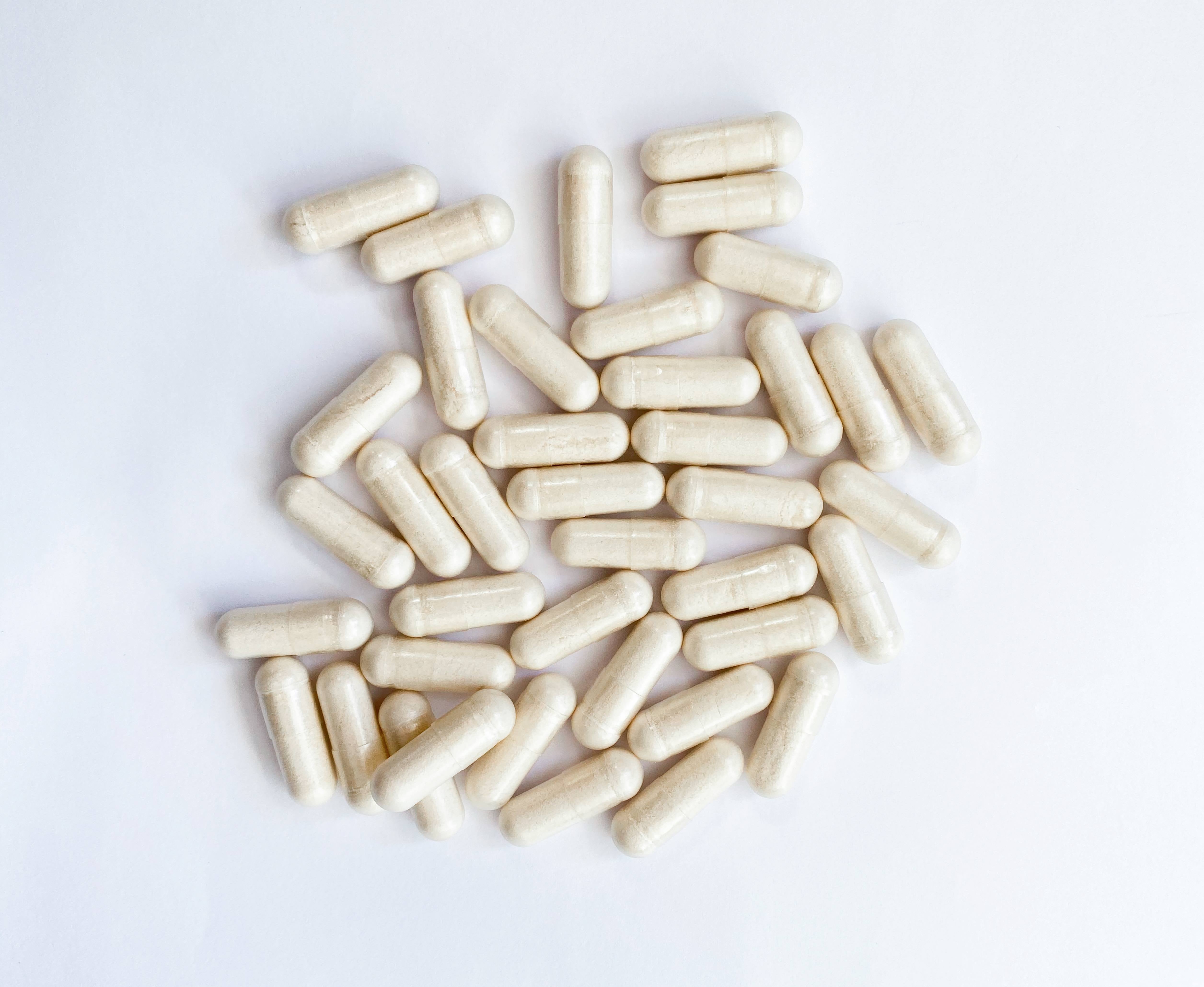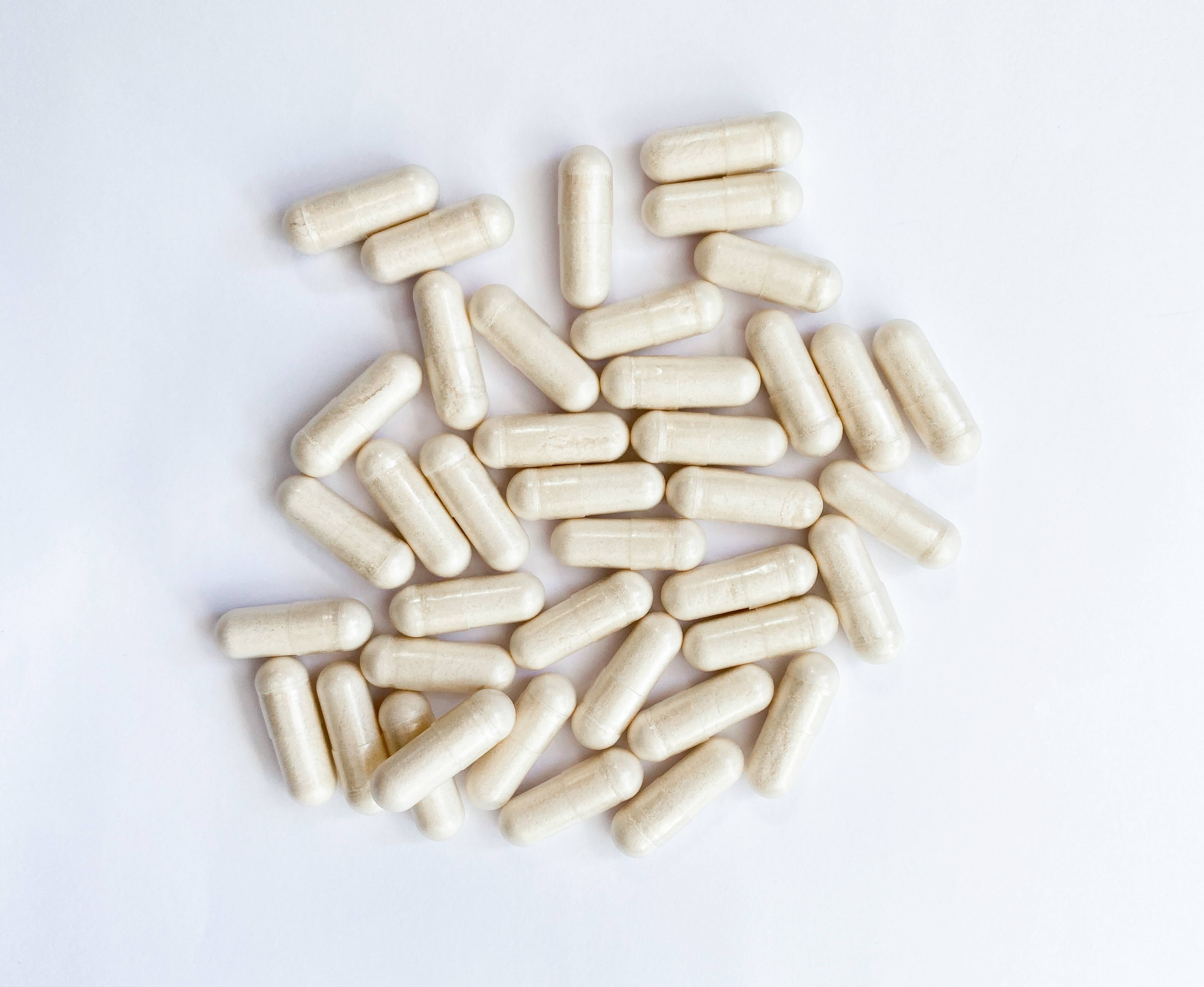The Dynamic Partnership Between the Female Reproductive System and the Immune System



The relationship between hormones and the immune system is complex but critical for female reproductive health. Immune cells within the reproductive system must protect the body but also create a supportive environment for reproduction.
This delicate balance is further complicated by sex hormones like estrogen and progesterone, which change throughout the menstrual cycle. These hormonal changes can influence how various immune cells function, including T cells, which help coordinate the immune response; macrophages, which act as scavengers by clearing away debris; natural killer (NK) cells, which quickly respond; and mast cell function.1
Therefore, understanding how the immune system functions within the female reproductive tract is crucial for promoting women's health, as it sheds light on how immune responses can influence fertility and long-term health.
A Foundational Relationship Between Ovarian Hormones and the Immune System
The connection between the immune system and ovarian hormones, particularly estrogen and progesterone, is fundamental to female reproductive health.2 Research indicates that certain immune cells possess receptors for sex hormones, like progesterone, allowing them to respond directly to hormonal changes throughout the menstrual cycle.3
For instance, in the endometrium, or uterine lining, natural killer (NK) cells increase later in the menstrual cycle and are even more pronounced during the early stages of pregnancy. These NK cells, along with regulatory T (Treg) cells, are essential for the growth of blood vessels, movement of cells that form the placenta, and tolerance of the immune system during pregnancy.4
The Innate versus Adaptive Immune Systems and Reproductive Health
The epithelial cells lining the human female reproductive tract act as a physical barrier and govern the functions of both the innate and adaptive immune systems.5
The innate immune system serves as the body's first line of defense, providing a quick general response. Key players in this system include defensins, enzymes like lysozyme and lactoferrin, and other antimicrobial peptides, all of which help protect the body and support overall well-being.6
Conversely, the adaptive immune system is characterized by its ability to recognize unwanted microorganisms and provide a targeted response. It employs antibodies and T cells to target more accurately.
Research indicates that sex hormones can significantly influence both branches of the immune system. However, our understanding of their impact on the female reproductive system and how hormonal changes may shape both components of immune support in women's health is still emerging.6

Hormonal Influence on the Immune System Throughout the Menstrual Cycle
The menstrual cycle, averaging 25 to 30 days (though this can vary), is divided into three distinct phases: the follicular phase (first half), ovulation (midpoint), and the luteal phase (second half).
Each stage is regulated by fluctuations in sex hormones, primarily estrogen and progesterone. Since these hormones also significantly influence the immune response within the female reproductive tract, the immune response may change throughout the cycle.
For example, some white blood cells undergo significant changes throughout the menstrual cycle, closely correlating with hormonal fluctuations.1Research has demonstrated that certain immune-supportive proteins—such as human defensin-5 and secretory leukocyte protease inhibitor (SLPI)—vary in concentrations depending on the cycle phase. 6These proteins play a crucial role in promoting a healthy reproductive environment.
Notably, the amount of SLPI in cervical mucus fluctuates, increasing during ovulation and in amniotic fluid during pregnancy. Additionally, studies indicate that cells from the uterine lining produce more SLPI after ovulation compared to before. 6
During the follicular phase, estrogen appears to enhance immune responsiveness. At the same time, progesterone alters immune function during ovulation and the luteal phase to create a more hospital environment for a potential pregnancy.123
The immune system also undergoes a recalibration during pregnancy to foster tolerance and protect the developing fetus.4 These changes highlight the profound effects of the menstrual cycle on immune health within the female reproductive system.

Takeaway
The relationship between immune health and reproductive health is complex and deeply interconnected. Research demonstrates that these two systems influence one another, underscoring the importance of nurturing both immune function and reproductive health for overall well-being. Recognizing this link not only enhances individual health but also paves the way for healthier future generations.
Caitlin Beale, MS, RDN is a registered dietitian and freelance health writer. She has a master's degree in nutrition and over ten years of experience as a registered dietitian.
+The views expressed in this article are those of the authors. They do not reflect the opinions or views of Pure Encapsulations®.
1 Gameiro CM, Romão F, Castelo-Branco C. Menopause and aging: changes in the immune system--a review. Maturitas. 2010;67(4):316-320. doi:10.1016/j.maturitas.2010.08.003
2 Zwahlen M, Stute P. Impact of progesterone on the immune system in women: a systematic literature review. Arch Gynecol Obstet. 2024;309(1):37-46. doi:10.1007/s00404-023-06996-9
3 Hughes SM, Levy CN, Katz R, et al. Changes in concentrations of cervicovaginal immune mediators across the menstrual cycle: a systematic review and meta-analysis of individual patient data. BMC Med. 2022;20(1):353. Published 2022 Oct 5. doi:10.1186/s12916-022-02532-9
4 Wang W, Sung N, Gilman-Sachs A, Kwak-Kim J. T Helper (Th) Cell Profiles in Pregnancy and Recurrent Pregnancy Losses: Th1/Th2/Th9/Th17/Th22/Tfh Cells. Front Immunol. 2020;11:2025. Published 2020 Aug 18. doi:10.3389/fimmu.2020.02025
5 Lee SK, Kim CJ, Kim DJ, Kang JH. Immune cells in the female reproductive tract. Immune Netw. 2015;15(1):16-26. doi:10.4110/in.2015.15.1.16
6 Wira CR, Fahey JV. The innate immune system: gatekeeper to the female reproductive tract. Immunology. 2004;111(1):13-15. doi:10.1111/j.1365-2567.2004.01796.x
7 Hall OJ, Klein SL.. Mucosal Immunol. 2017;10(5):1097-1107. doi:10.1038/mi.2017.35
8 Mahajan D, Sharma NR, Kancharla S, et al. Role of Natural Killer Cells during Pregnancy and Related Complications. Biomolecules. 2022;12(1):68. Published 2022 Jan 4. doi:10.3390/biom12010068
9 Monin L, Whettlock EM, Male V. Immune responses in the human female reproductive tract. Immunology. 2020;160(2):106-115. doi:10.1111/imm.13136
10 Wira CR, Fahey JV. The innate immune system: gatekeeper to the female reproductive tract. Immunology. 2004;111(1):13-15. doi:10.1111/j.1365-2567.2004.01796.x






